Michelle Ross
All images by and courtesy the artist.
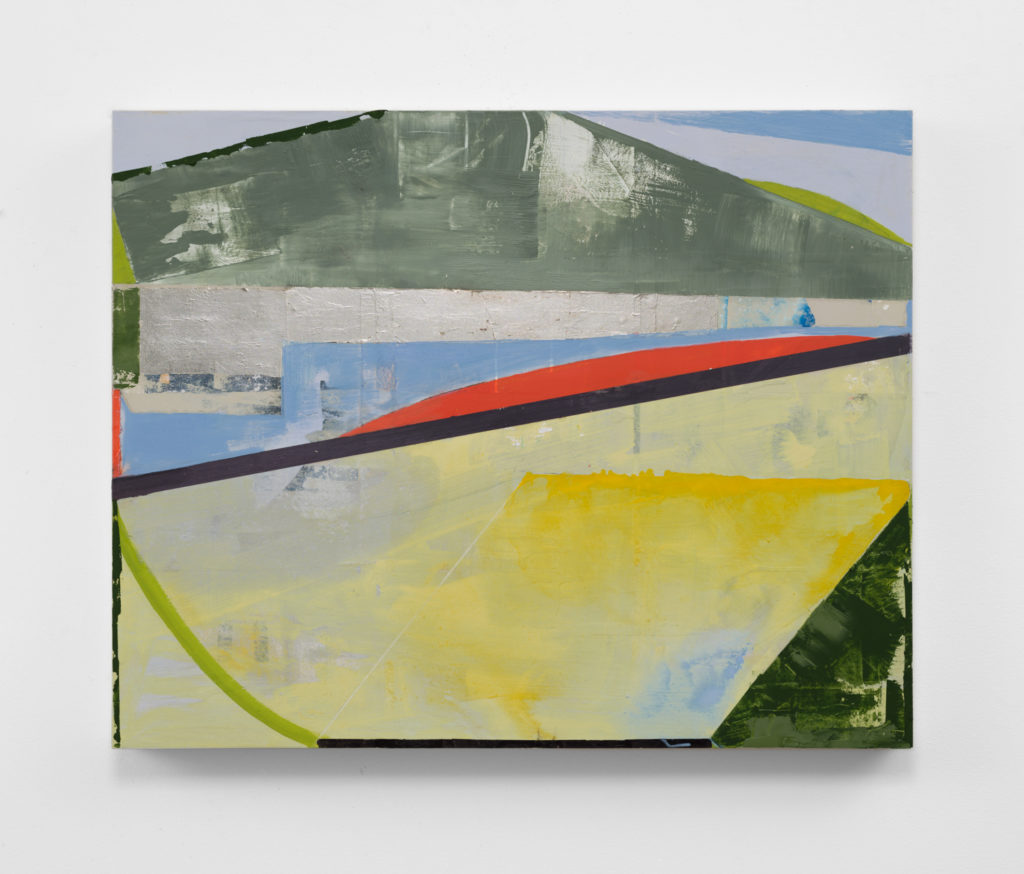
Tangent, 2021. Acrylic, oil, paper, silver leaf, graphite, pastel, colored pencil on panel. 24″ x 30″.
I engage abstract painting as an analogy for queer embodiment. As such it has the capacity to resist the essentializing tendencies of figuration.
As David Getsy puts it in his Ten Queer Theses on Abstraction[1], Queer Thesis Number Two, “Abstraction’s queer appeal, for some, is that it models a resistance to the daily experience of surveillance and scrutiny.” And, “…abstraction stages relationships among forms and their contexts… [it] is about relations, and a queer investment in abstraction can be a way to allegorize social relations…”

Bathyscaphe (for CM), 2021. Acrylic, oil, paper, silver leaf, graphite, and pastel on panel. 24″ x 30″.
I would add that, abstract painting can construe conditions between individual bodies; pressure, pleasure, tension, terror, tenderness, and more. Form can telegraph feeling.
Abstraction also allegorizes touch, trace, and materiality as abstract painting is a distinct locus for these qualities.
In my work I am responding to the atmosphere that arises from the manipulation of materials, conditions like weather resulting from dissolution, the gathering of particles (pigments, solvent, wax, resin), flowing, coagulation, demarcation, breach (of demarcation). These forces suggest, but do not proscribe a presence, a subject.
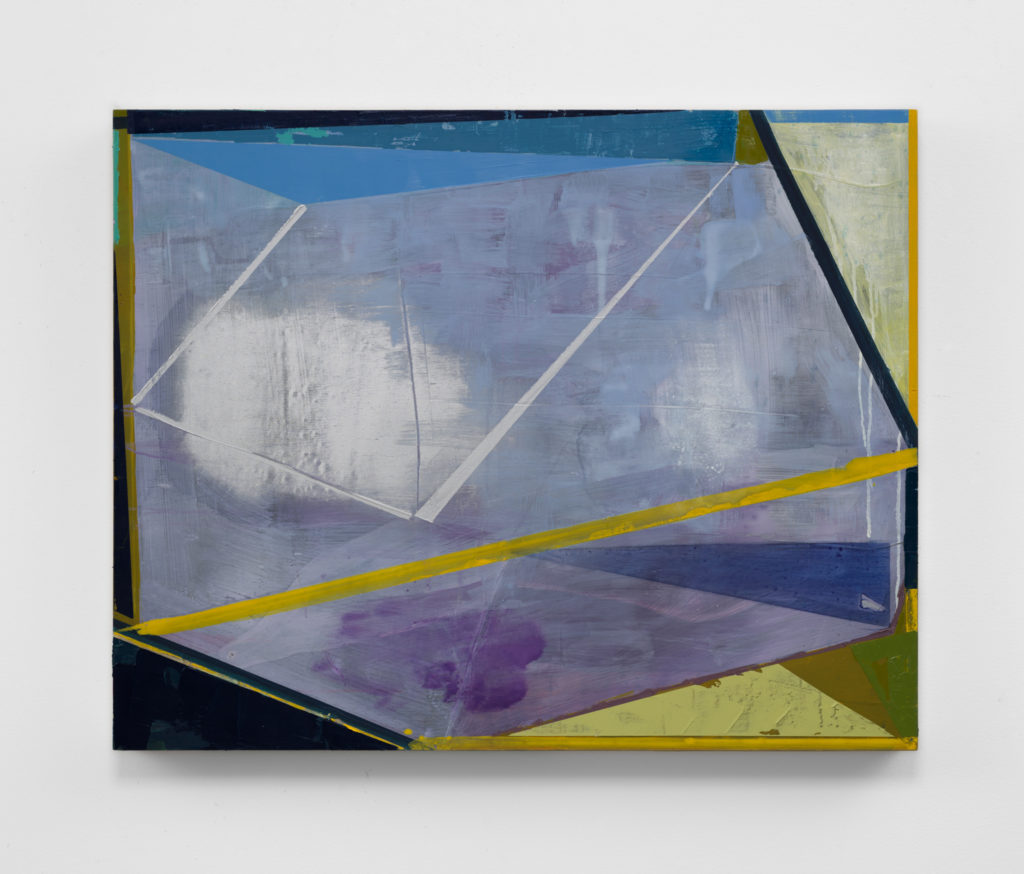
Sensor, 2021. Acrylic, oil, paper, silver leaf, graphite, pastel and colored pencil on panel. 24″ x 30″.
Because I am motivated by notions of the invisible and how presence is apprehended through painting (for both viewer and maker, queer or otherwise) without obvious disclosure of a subject, conditions of visibility via representation are suspect. Although I acknowledge the necessity of blatant visibility at times, I prefer the invisible, the inferred, camouflage and “pseudomorphosis” (see Queer Thesis Number Seven).
Queer Thesis Number Six, points to the generative nature of these operations: “Abstraction as a mode of resistance to visibility is not limited to queer perspectives. Intersectional accounts of abstraction and visibility are necessary and expansive.”

Like A Mountain (two fists of solid rock CM), 2021. Acrylic, Flashe, oil, graphite, and pastel on panel. 65.25″ x 83″.
The question of visibility arises in Getsy’s thinking; “Abstraction as a visual strategy is particularly useful as a means of discussing questions of difference, intersectionality, and power because it asks the linked questions ‘What is visible?’ and ‘What are you looking for?’ These questions, simply put, mean differently when asked from or of positions of cultural difference such as queerness, Blackness, gender non-conforming, differently abled, and intersections thereof.”
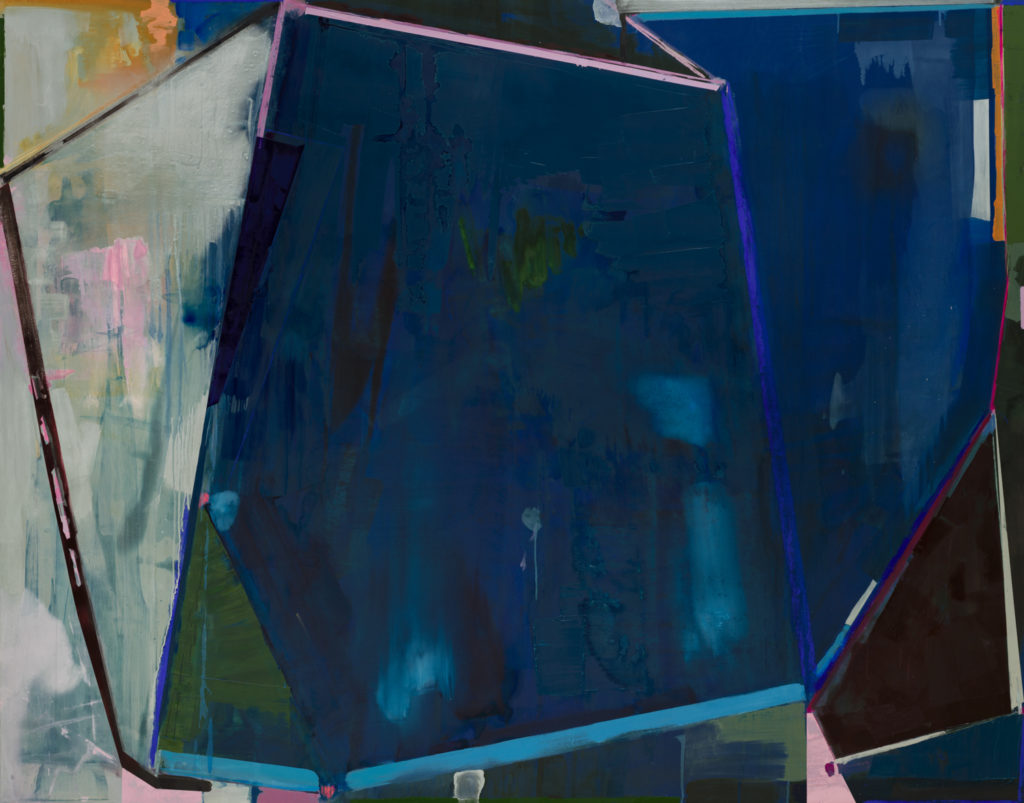
Twelve Twenty-One Twenty Twenty, 2021. Acrylic, Flashe, oil, graphite, and pastel on panel. 65.25″ x 83″.
Abstract painting serves as a vehicle for my motivation to tolerate uncertainty and signal difference. Holding uncertainty and keeping proximity and positionality front of mind fuels my work with form, material and color. Where? Within? Beside? Adjacent? Opposed? Aligned? On the surface or distant? Open or refused? Sincere or dissembled? In painting these questions accumulate into a material gestalt where the queering of abstraction is a form of resistance. One that may release valuable latencies connecting us.
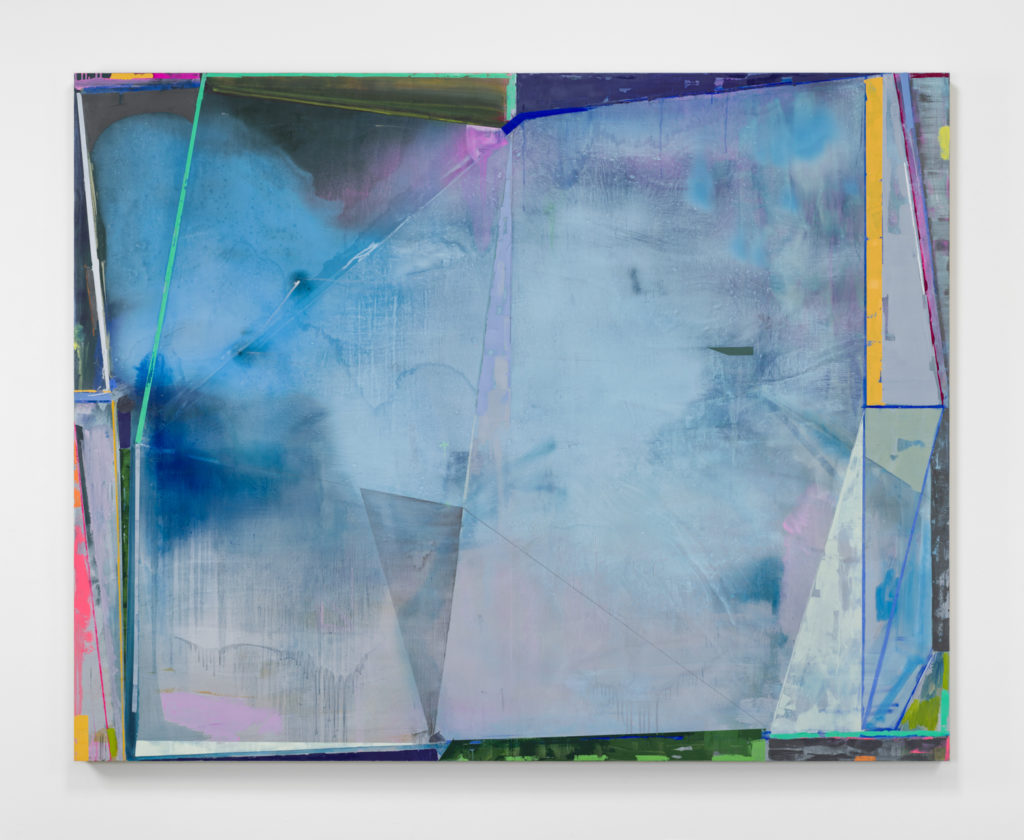
Infinitely Divisible, 2021. Acrylic, oil, pastel chalk, and graphite on panel. 65″ x 83″.
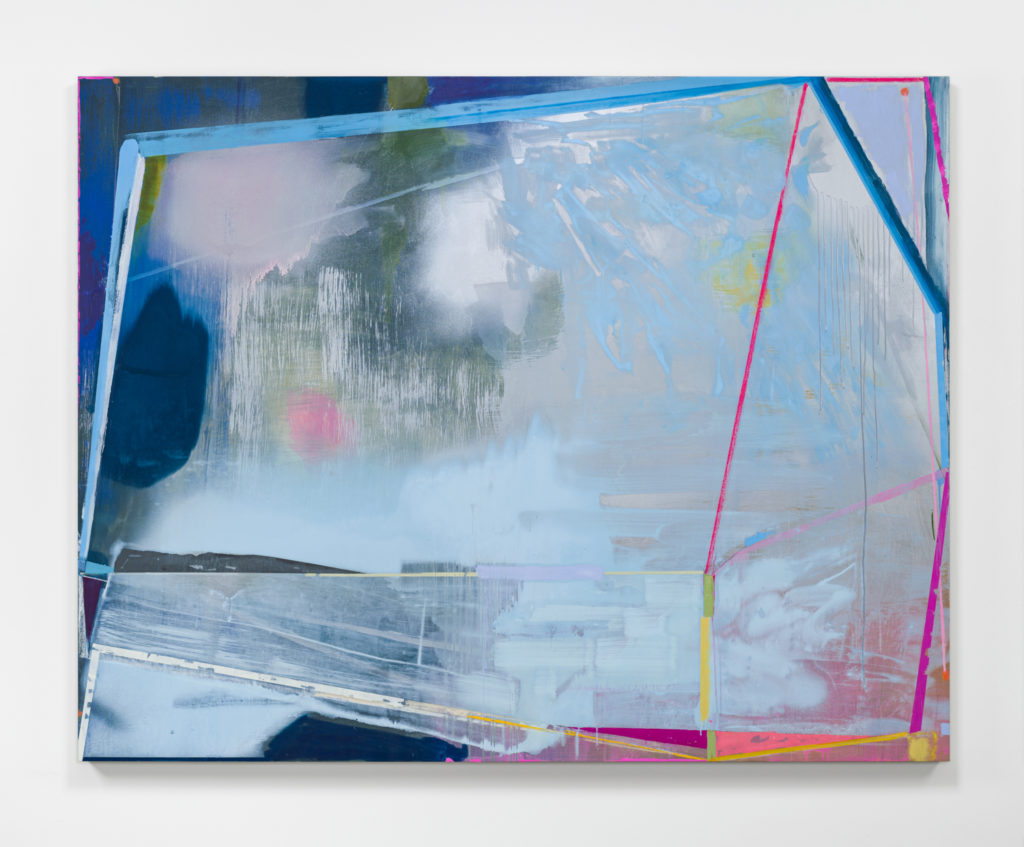
Tempest, 2021. Acrylic, oil, pastel chalk, and graphite on panel. 65″ x 83″.
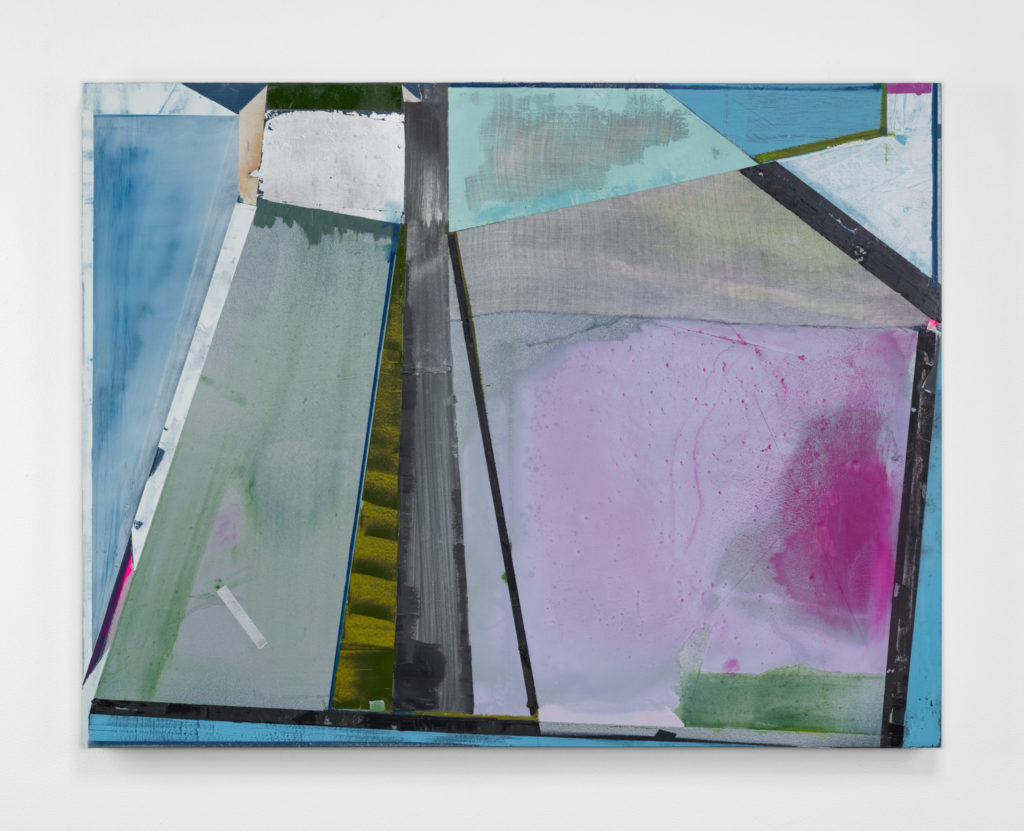
Keep, 2021. Acrylic, oil, Korean hemp linen, canvas, silver leaf, tape, and graphite on panel. 30″ x 40″.

Idyll Wild, 2021. Acrylic, oil, vintage canvas, vinyl, silver leaf, pastel chalk, and graphite on panel. 30″ x 40″.
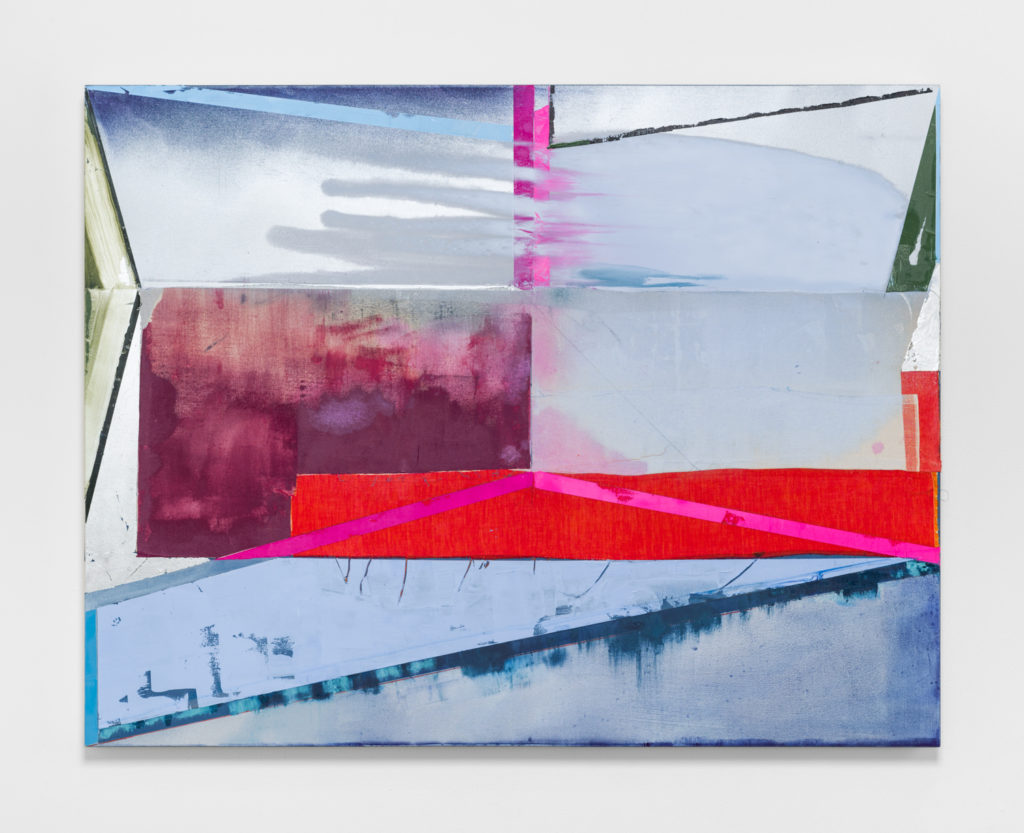
False Flag, 2021. Acrylic, oil, vintage canvas, vinyl, silver leaf, pastel chalk, and graphite on panel. 30″ x 40″.

Scribed, 2021. Acrylic, oil, fabric, plaster, tape, pastel chalk, and graphite on panel. 23.75″ x 30″.
[1] David J. Getsy, “Ten Queer Theses on Abstraction,” in Jared Ledesma, ed., Queer Abstraction, exh. cat. (Des Moines: Des Moines Art Center, 2019), 65-75.
Michelle Ross is working out ways to dismantle and reimagine modernist abstract painting legacies to interrupt the overt visibility of bodies in our culture and the associated assumptions and biases.
Her work has been exhibited at venues throughout the United States and in Italy, including at Canada Gallery, (New York) Portland Art Museum (Oregon); New Mexico State University (New Mexico); Barrett House Galleries (New York); and Rome International University (Italy). Ross has received a Hallie Fellowship (Oregon), a MacDowell Fellowship (New Hampshire), a Portland Art Museum Contemporary Northwest Art Award (Oregon) and was named a visiting artist at the American Academy in Rome (Italy). She received her MFA in Painting from Washington State University Pullman, Washington, USA.